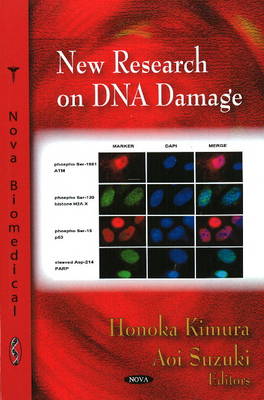DNA damage, due to environmental factors and normal metabolic processes inside the cell, occurs at a rate of 1,000 to 1,000,000 molecular lesions per cell per day. While this constitutes only 0.000165% of the human genome's approximately 6 billion bases (3 billion base pairs), unrepaired lesions in critical genes (such as tumour suppresser genes) can impede a cell's ability to carry out its function and appreciably increase the likelihood of tumour formation. The vast majority of DNA damage affects the primary structure of the double helix; that is, the bases themselves are chemically modified. These modifications can in turn disrupt the molecules' regular helical structure by introducing non-native chemical bonds or bulky adducts that do not fit in the standard double helix. Unlike proteins and RNA, DNA usually lacks tertiary structure and therefore damage or disturbance does not occur at that level. DNA is, however, supercoiled and wound around "packaging" proteins called histones (in eukaryotes), and both superstructures are vulnerable to the effects of DNA damage. This book presents the latest research in the field.
- ISBN10 1604565810
- ISBN13 9781604565812
- Publish Date 1 April 2009
- Publish Status Unknown
- Publish Country US
- Imprint Nova Science Publishers Inc
- Format Hardcover
- Pages 426
- Language English
